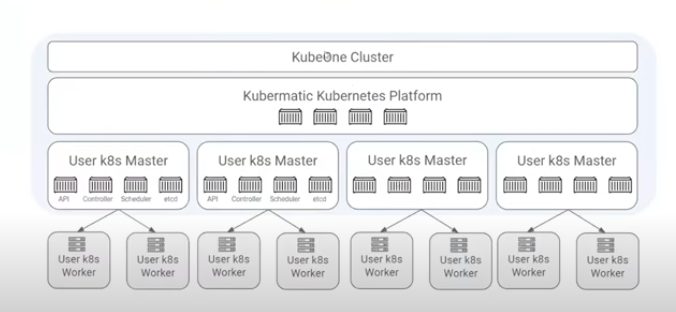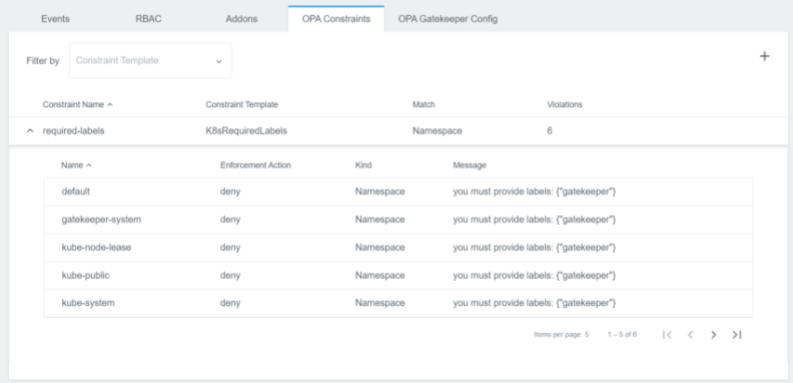Kubermatic K8s Platform 2.17 Automates Multi-Cluster Backups
Kubermatic has added automated backups and replications and other features to its Kubermatic Kubernetes Platform (KKP) 2.17 release, as the multi-cluster Kubernetes platform provider seeks to offer a more comprehensive platform to manage multiple clusters across multi-cloud and on-premises environments.
Improving automation and facilitating multiple cluster and container management has also been one of Kubermatic’s key missions since KKP’s creation. The idea is to allow a single operations team member to manage numerous clusters from within the KKP control plane — or management of many clusters through a seed cluster.
On a practical level, this means that KKP provides, among other things, a declarative API that automates the configuration of multiple clusters. Specifications for the desired operators state of the different clusters are thus inputted through the API so that the desired state is implemented if the existing cluster states do not match. KKP’s API-supported automation now extends across environments and cluster states across different environments for backup and replication management.
For KKP 2.17’s new storage and disaster recovery capabilities, Kubermatic has worked with cloud-native infrastructure provider SysEleven. SysEleven’s engineers largely helped to develop KKP 2.17’s automated backup and restore capabilities, Sascha Haase, vice president of edge at Kubermatic, says. The need to automate and improve upon backups and replications stemmed from SysEleven’s services offering, which managed Kubernetes clusters across on-premises and cloud environments on Amazon Web Services (AWS), Microsoft Azure and its own OpenStack cloud, Haase explains. “Previously, backups and restore operations of our standard set of three replicas still involved a lot of manual intervention,” says Haase. “At the same time, etcd-operations improvements are not trivial, and I am really happy and proud that such rather difficult issues get pushed and supported by the community.”
Haase adds that other improvements KKP 2.17 offers include:
- Support for Multus-CNI (a “meta” plugin used to manage multiple container networking interfaces (CNI) in a single cluster). This capability can, among other things, help to improve and automate the management of different device types in edge environments. “Since Kubermatic Kubernetes Platform can easily run thousands of distributed clusters, the plugin is a perfect distribution for edge use cases,” says Haase. “This new integration supports edge adoption because it helps users to connect different device classes that can all communicate in a preferred configured way.”
- Improved access to Open Policy Agent (OPA) for policy and compliance management. The last release of KKP integrated OPA into the platform to offer DevOps teams improved policy control over the entire cloud-native stack, including microservices, Kubernetes, CI/CD pipelines and API gateways. “Previously, OPA could only be accessed and managed via the command line,” says Haase. “Now, the feature is also available via the UI, so it’s easy to see and comprehend what you are doing; from my experience, policies and restrictions are hard and annoying to debug,” he says.
- Improved documentation. Documentation can make or break any project, and is increasingly seen as playing a key support role in any successful open source project. With good documentation, organizations can devote fewer resources otherwise spent on installing, running and training staff to use an open source tool or platform. To that end, Haase says, Kubermatic has invested a lot of time and effort into improving their documentation. “In general, Kubermatic Kubernetes Platform is easy to operate and the learning curve of our users is quite focused around Kubernetes itself,” says Haase. “So we have added a lot of detail in – and interconnectivity to – external sources to give users a smooth and structured learning experience.” In addition to KKP’s GitHub page, other improvements to KKP’s documentation with the release of KKP 2.17 can be found on its website.




